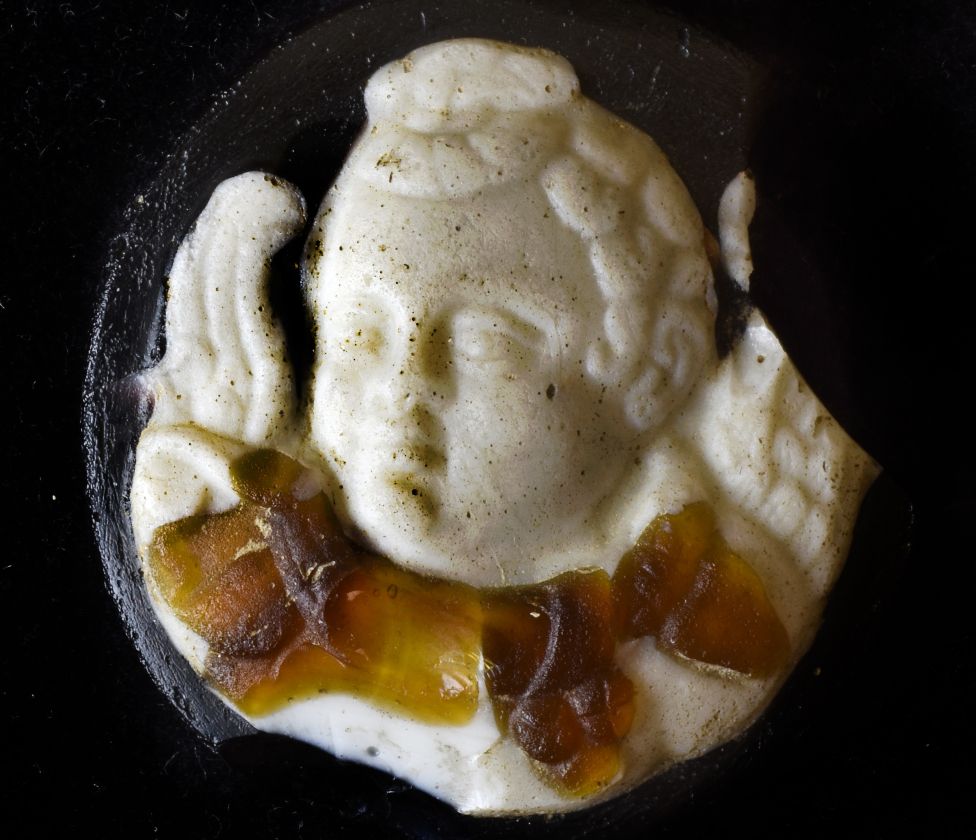ARTICLE AD BOX
 Image source, Trustees of the British Museum
Image source, Trustees of the British Museum
The Roman gems on display will include a glass cameo with bust of Cupid or Eros, dated 1st or 2nd Century AD
By Katie Razzall
Culture and media editor
The British Museum will put 10 items stolen from its collection on show later this month.
The Roman gems, to be featured in an exhibition Rediscovering Gems, include a cameo with a bust of Cupid from the 1st or 2nd Century AD.
In August, the museum announced up to 2,000 objects from its storerooms were missing, stolen or damaged.
It has recovered about 350 items to date.
The exhibition will explore the significance of classical gems through history.
George Osborne, who chairs the museum's Board of Trustees, said the new display was an example of openness and "culture change" at the British Museum.
"We promised we'd show the world the gems that were stolen and recovered - rather than hide them away," he added.
The museum has released pictures of two of those gems that have been chosen for display.
Both were returned by Dr Ittai Gradel, the dealer and collector who alerted the British museum to the thefts, and was originally brushed off.
Dr Gradel told the BBC he had been "delighted" to work with the museum on the recovery process.
"I am greatly pleased also to see that the whole culture of the institution appears to be changing to one of much greater openness and willingness to confront problems, than what I encountered in 2021," he said.
Dr Gradel has played a major role in the recovery process, tracking down and returning hundreds of gems he had bought in good faith.
Gems he has returned and will now go on display include an intaglio made from black glass with a bust of Minerva, the Roman goddess of wisdom.
The new exhibition will also show more than 500 objects that were not caught up in the thefts. All the previously stolen items will be in their own display case and clearly labelled.
Image source, Trustees of the British Museum
Image caption,Another item is an intaglio with the bust of Minerva or Athena
I've seen many of the recovered gems during our investigation of the story for BBC News.
They are made of stone or glass, variously coloured and tiny - often barely the size of a thumbnail.
They are a fascinating window into the ancient Mediterranean world, where they were worn as jewellery, used as seals and collected as objects of beauty in their own right.
They are engraved or cast, perhaps with the face of an Emperor, a Roman or Greek God or another depiction from a classical story.
Tom Harrison, keeper of the department of Greece and Rome, says the exhibition is "an interesting opportunity to cast some light on an underappreciated and very beautiful art form".
These types of gems were hugely popular in the 18th Century. But they fell out of favour.
That may be one explanation for why they were left, unregistered, in the British Museum storeroom for more than a century.
Image source, EPA
Image caption,The British Museum has recovered about 350 of the 2,000 items which were stolen
Dr Gradel said gems had been "overlooked" but provided "beautiful and fascinating insights into the tastes and mindsets of the ancient Greeks and Romans".
"They are indeed deserving of far more study than they have received," he told the BBC. "I look greatly forward to visiting the exhibition".
After an investigation discovered items had been stolen, a senior curator in the Greece and Rome department, Peter Higgs, was dismissed. He has previously denied any wrongdoing.
The police investigation is ongoing.
Following the controversy, German art historian and British Museum director Hartwig Fischer resigned and former Victoria and Albert (V&A) Museum director Sir Mark Jones was appointed in the interim.
Rediscovering gems will be on display for free in room three at the British Museum from 15 February - 15 June 2024.

 1 year ago
88
1 year ago
88








 English (US) ·
English (US) ·